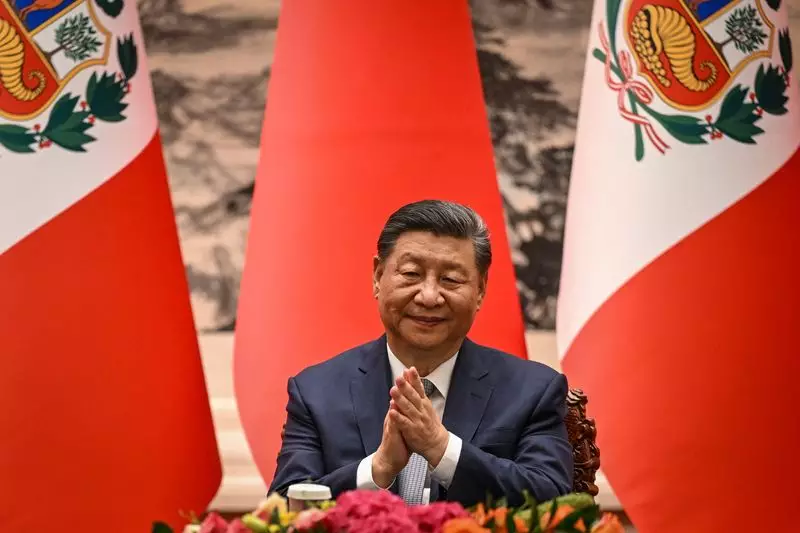Peru is poised to undergo significant changes in its trade landscape as it prepares to sign an enhanced free-trade agreement with China. This development is set to coincide with the forthcoming visit of Chinese President Xi Jinping, who will bring with him a considerable delegation of around 400 business leaders eager to explore investment opportunities within Peru, particularly in infrastructure and technology sectors.
The original free-trade agreement, which was established back in 2009, has served as a foundation for trade relations between the two nations. However, the refreshed version is expected to invigorate bilateral commerce, potentially increasing trade volume by an impressive 50%. This optimistic forecast comes from statements made by Peru’s Foreign Minister Elmer Schialer, highlighting China’s role as Peru’s principal trading partner and the expected impact on economic dynamism.
Recent data reveals that bilateral trade between China and Peru soared to approximately $36 billion last year. This remarkable figure underscores the existing strong ties and sets the stage for future growth. The Chinese investment footprint in Peru is already substantial, with significant undertakings in the mining sector and infrastructure projects, including the ambitious Chancay mega port, spearheaded by Cosco Shipping Port.
The Chancay port is being touted as a transformative project that could elevate Peru’s position in global trade. It is anticipated to be “virtually” inaugurated in a joint ceremony by Xi Jinping and Peruvian President Dina Boluarte from the government palace in Lima on November 14. The strategic importance of this port emphasizes Peru’s integral role as a nexus for trade between Asia and South American markets.
Minister Schialer pointed to an extensive portfolio of $54 billion worth of mining projects and an additional $157 billion in potential infrastructure developments still in the pipeline. These figures demonstrate the vast scope of opportunities available for Chinese investment and are expected to captivate potential investors amidst the backdrop of the newly optimized agreement.
Interestingly, despite the shifting geopolitical dynamics following the election of President-elect Donald Trump in the United States, Schialer expressed a belief that these changes would not adversely affect Peru’s strategy. He conveyed confidence in an enhanced U.S. investment interest, suggesting that both the outgoing and incoming U.S. administrations have provided clear signals regarding their investment intentions in Peru.
As Peru continues to foster its relationship with China, this new trade agreement stands as a testament to the ongoing evolution of international commerce. Peru’s ambition to enhance its economic standing through strategic partnerships is not only timely but essential in a rapidly globalizing market. The anticipated collaboration with Chinese investment represents a broader vision for Peru’s economic future, ensuring its place as a key player in the international trade arena.
This evolving narrative of Peru and China exemplifies how nations can leverage mutual strengths to foster economic resilience and growth in an increasingly interconnected world.

